Last summer, I was lucky enough to fulfill every pasta lover’s dream when I studied abroad in Italy. The word “studied” is a loose term because I mostly stuffed my face and took pictures of said face stuffing. Of course I ate plenty of gelato, pasta, and pizza, but the most interesting food experience I had was visiting a Parmesan cheese factory in Reggio Emilia, Italy.
I have been a lover of Parmesan cheese since I was born pretty much, but this cheese was miles ahead of what we get here in the U.S. Not only is the taste of the cheese more complex than what we get in the U.S., the process is complex and fascinating to watch. During the tour of the factory, I learned some interesting facts about my favorite cheese and now I will share them with you.
1. Parmesan cheese is named after the region where it is produced
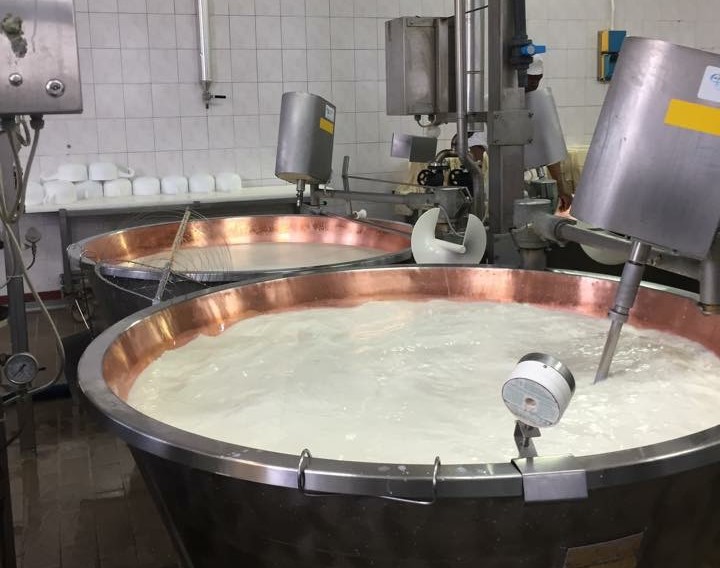
Photo by Elise DeVoe
Parmesan is short for Parmigiano Reggiano. “Parmigiano” refers to the region of Parma, Italy where some of the cheese was produced. “Reggiano” refers to the cheese that was produced closer to Reggio Emilia, Italy.
Eventually, they decided to combine the two names because the two regions used the same technique to produce their delicious product. The producers in each region standardized their production and since 1934 they have been making cheese in peaceful harmony.
2. Only cheese from the Parma or Reggio area can legally be called “Parmesan” cheese
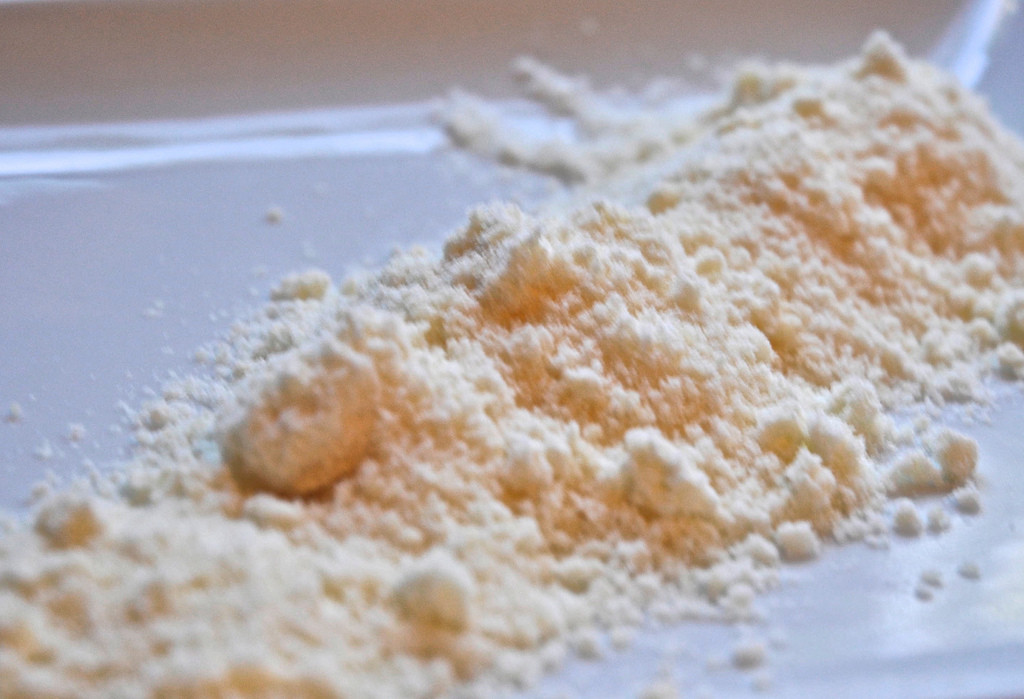
Photo by Sarah Stettin
Sorry Kraft, legally you are not allowed to call your cheese Parmesan. In 2008, European courts declared that Parmesan Reggiano cheese is the only hard cheese that can hold the name Parmesan. Now you have an excuse to ball out on some nicer cheese, you are welcome. If your parents ask you where all your money went, just tell them you were avoiding a criminal offense.
3. Parmesan cheese gets more flavorful with age
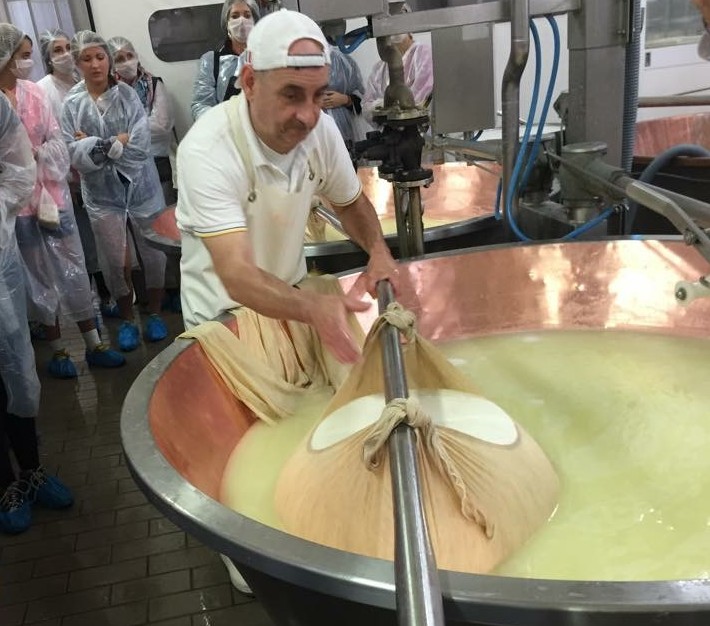
Photo by Elise DeVoe
Like the beautiful man harvesting Parmesan above, Parmesan only gets better with age. Cheese is aged for different time periods in order to extract different flavors. We got to try cheese that was aged for 1, 2, or 3 years. The cheese that is aged for one year is mild, sweet, and has less of a grainy texture. When the cheese is aged for 2 years, it becomes more grainy and takes on a more savory flavor. After 3 years, the cheese has a strong salty, nutty flavor and is the most dry.
The tour guide also told us that the cheese aged for 1 year is best for eating big chunks of, while the older cheese is better grated because of its huge flavor. The best combination I learned from my host family was Parm dipped in balsamic vinegar. It sounds weird, but if you don’t believe me, check out these other crazy food pairings.
3. Making cheese is a smelly process

Gif courtesy of tumblr.com
This may not come as a surprise to most, but the environment of the cheese factory is not the most pleasant. I was too distracted by the thought of getting to eat fresh Parm to be too affected by the smell, but the other people in my group were not as tolerant.
Your mom always tells you not to judge a book by its cover and it definitely applies here. The cheese making process may be smelly, but the product that comes out is unbeatable. If your nose isn’t too sensitive, check out some more stinky foods.
4. The dots on the wheel spell out its name
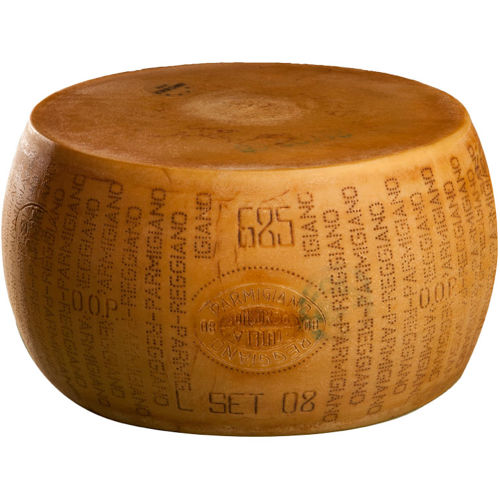
Photo courtesy of costco.com
When a wheel of parmesan is aged enough to have a protective covering, that covering is imprinted with dots that spell out “Parmigiano-Regianno.” The dots are carefully stenciled onto the cheese and the dots are removed if the cheese does not pass inspection (more on that below).
The stenciled dots ensure that there are no copy cats and tell the consumer that they are getting an authentic product. However, if you are looking to fool your friends with a vegan version of Parmesan cheese, check out this recipe.
5. Parmesan goes through an intense inspection process
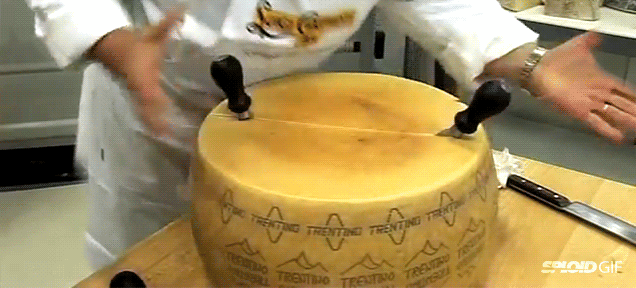
Gif courtesy of giphy.com
Before Parmesan cheese gets a literal seal of approval, it is thoroughly inspected. It is inspected by the Safeguarding Consortium, which was established in 1934 in order to ensure standardization of the cheese. The Safeguarding Consortium inspects every wheel of cheese, so you know you are getting the good stuff.
While inspecting the cheese, they look for proper weight, size, smell, appearance, texture, and fat content. Not only do they look at the cheese in front of them, they make sure that the cheese was made from the proper materials and that the process is the same across the board. If the cheese does not pass inspection, the part of the rind that deems it “Parmigiano Reggiano” is removed.


